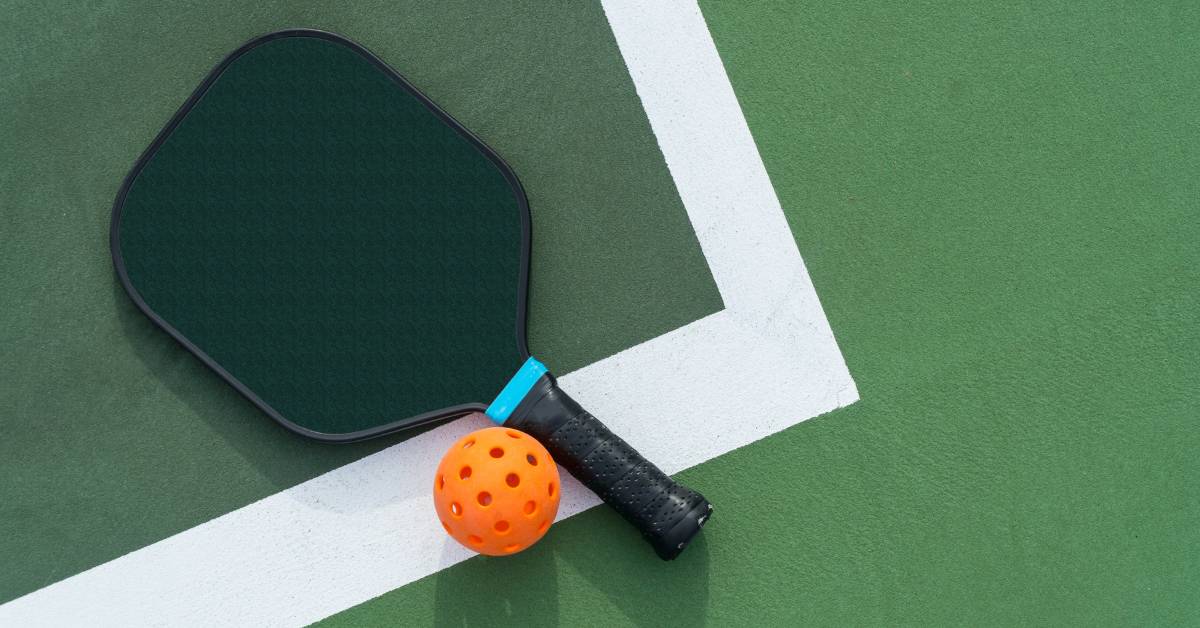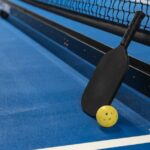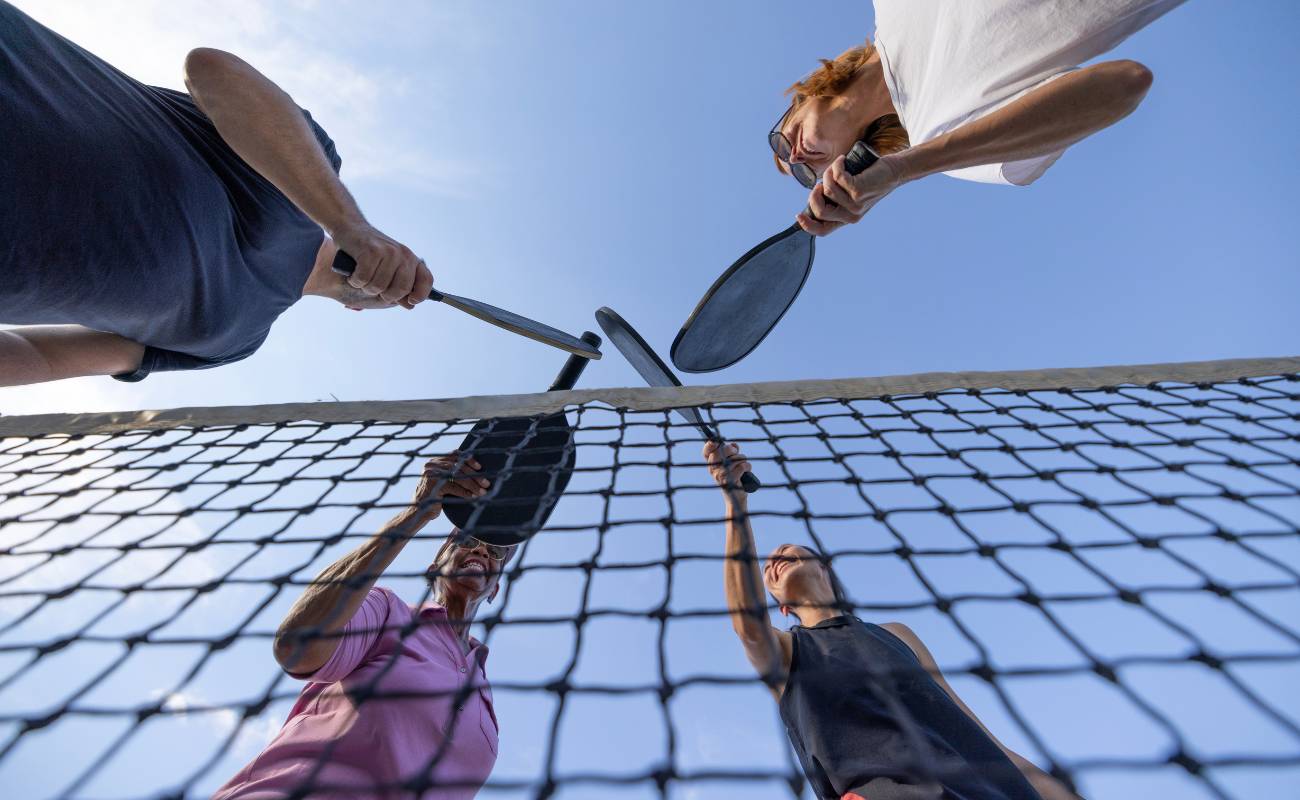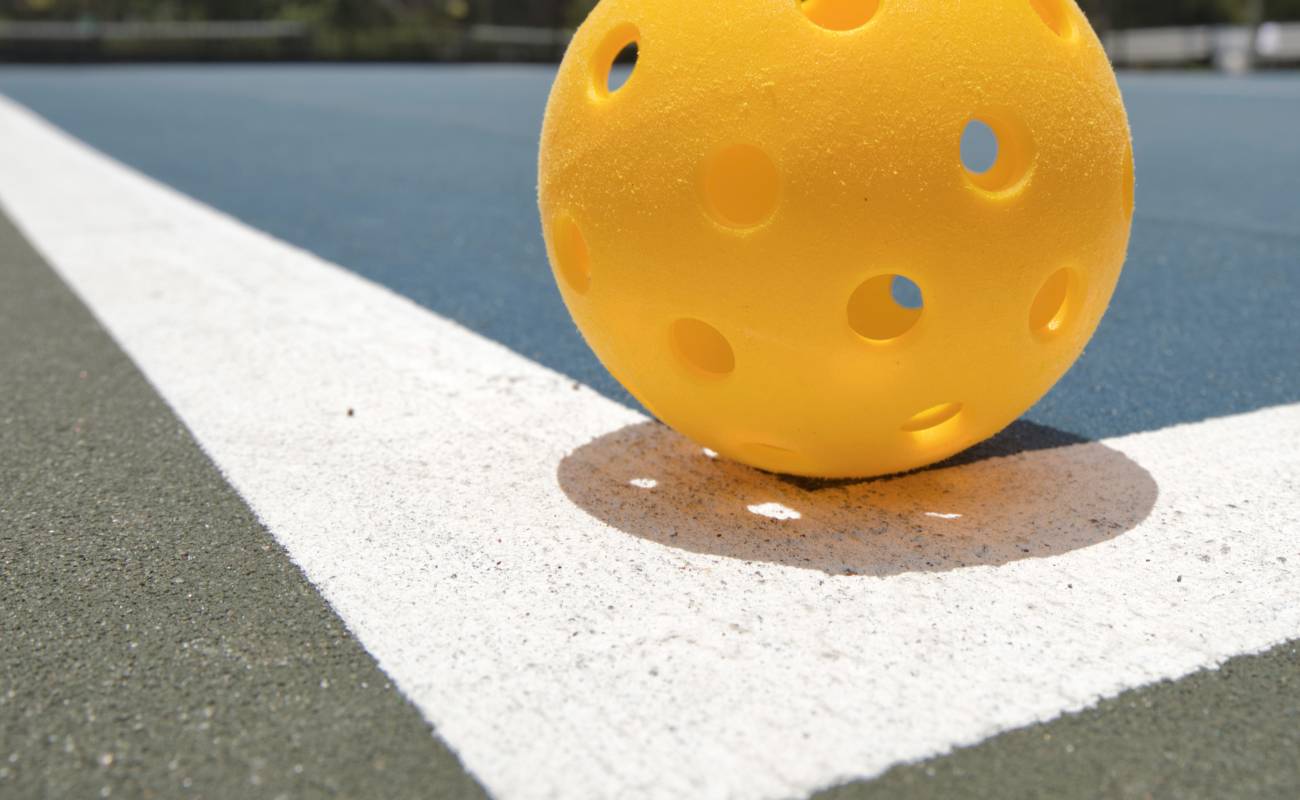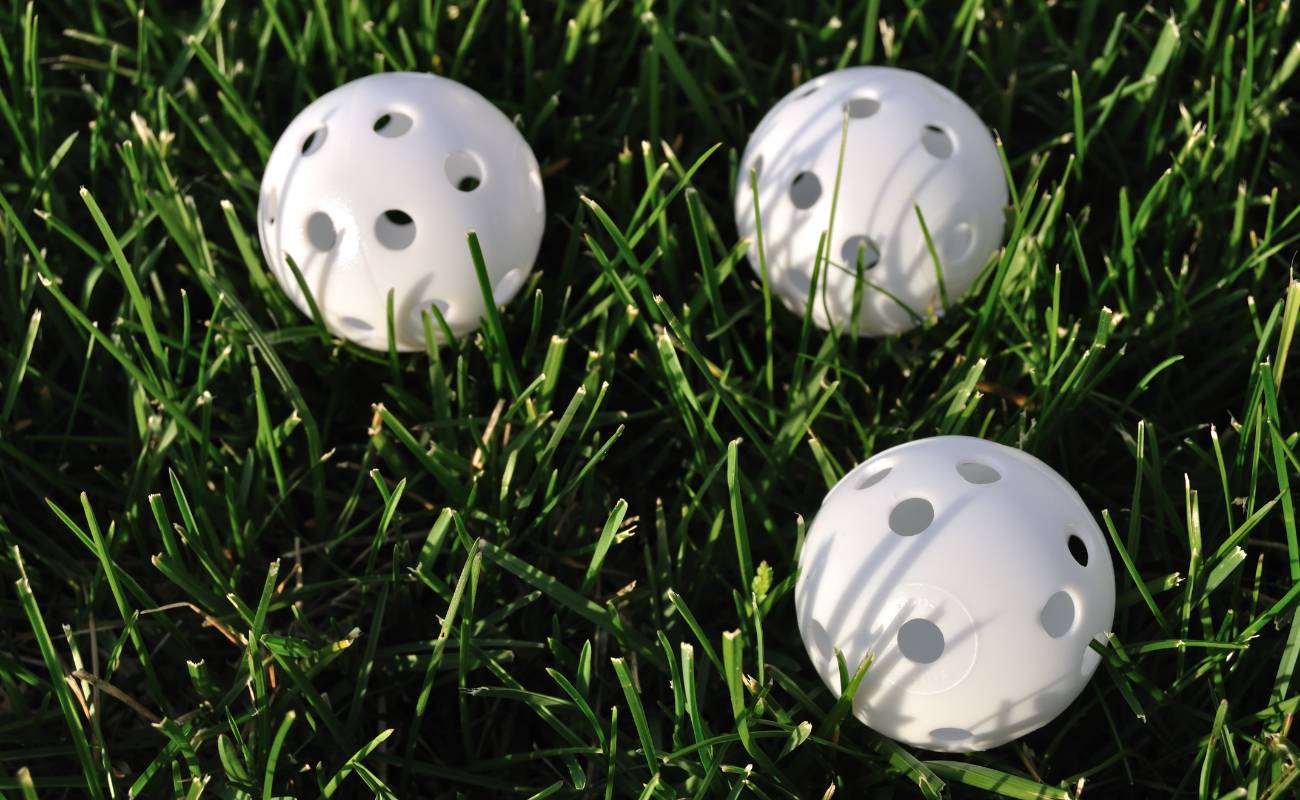Are you an avid pickleball player looking for a new paddle? Or perhaps you’re interested in creating your own custom paddle? Either way, making your own DIY pickleball paddle can be a fun and rewarding experience.
With a little bit of creativity and some basic woodworking skills, you can create a custom paddle that perfectly fits your playing style. There are several materials to choose from, including wood, composite, and even recycled materials. You can also customize the shape, weight, and grip to your liking.
Here is step by step guide on how you can make A DIY Pickleball Paddle:
1. Gather Your Materials For Your DIY Pickleball Paddle
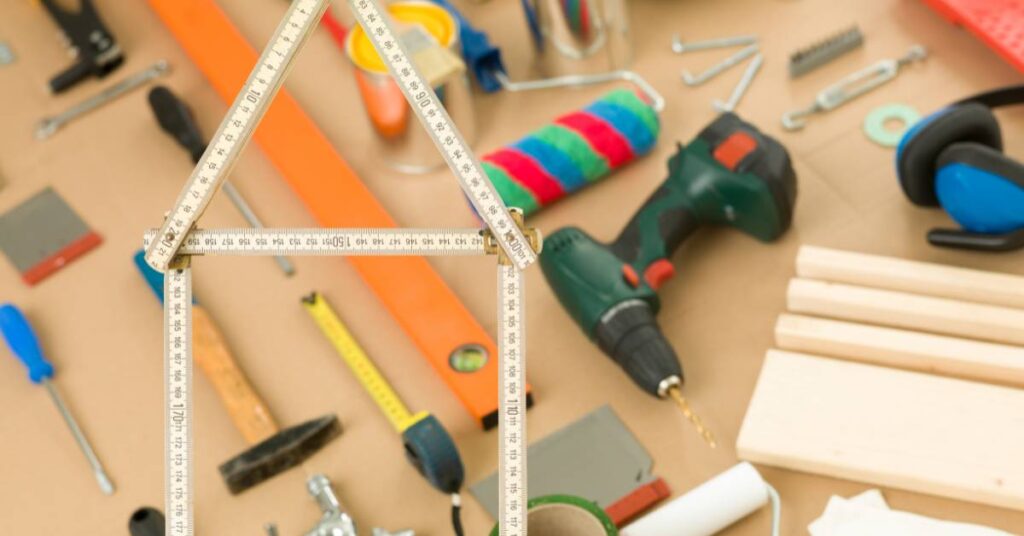
If you are looking to make your own pickleball paddle, you will need to gather a few materials. Here are the essential materials you will need to create your own pickleball paddle.
Paddle Core Materials
The core of your paddle is the most critical component. It will determine the weight, power, and control of your paddle. Here are some of the most commonly used materials for your paddle core:
- Wood: Wood is the most traditional and affordable material for your paddle core. Popular wood choices include Baltic birch plywood, poplar, maple, and pine.
- Polymer: Polymer cores are a popular choice for their durability and power. They are made of a honeycomb structure with materials like Nomex, aluminum, and other composites.
- Foam: Foam cores are lightweight and offer excellent control. They are made of a polyethylene foam core with a fiberglass or carbon fiber face.
Surface Material Choices
The surface of your paddle will affect how the ball interacts with your paddle. Here are some of the most commonly used materials for your paddle surface:
- Wood: Wood is the most traditional and affordable material for your paddle surface. They are usually made of thin sheets of wood like plywood or veneers.
- Composite: Composite materials like fiberglass and carbon fiber offer great durability and power. They are more expensive than wood but can provide more control and spin.
- Rubber: Rubber paddles offer excellent control and spin. They are typically used for defensive players who want to slow down the ball.
Handle and Grip Options
The handle and grip of your paddle will affect how it feels in your hand and how well you can control it. Here are some of the most commonly used materials for your paddle handle and grip:
- Wood: Wooden handles provide a classic look and feel. They are usually made of the same wood as the paddle core.
- Composite: Composite handles are lightweight and durable. They are typically made of materials like fiberglass or carbon fiber.
- Cushion: Cushion grips offer excellent comfort and control. They are typically made of materials like foam or rubber.
Overall, the materials you choose for your DIY pickleball paddle will depend on your playing style and budget. With the right materials and a little
Tools needed:
- Polyurethane finish
- Wood glue
- Handle material (such as rubber or cork)
- Saw
- Jigsaw or bandsaw
- Router
- Clamps
2. Design Your Paddle
Before you start cutting your paddle, decide on the shape and size you want. You can use a pre-made template or create your own. Keep in mind that the paddle must conform to official pickleball regulations.
You might be interested in 14 mm vs. 16mm Pickleball Paddle: Which One Should You Choose?
3. Cut and Sand the Paddle
Using a saw, cut the plywood or composite material to the desired shape. Then, use a jigsaw or bandsaw to cut the veneer to the same shape. Glue the veneer to the plywood or composite material and clamp it together until the glue dries.
Once the glue is dry, use a router to trim the excess veneer and shape the edges of the paddle. Sand the paddle with 60-grit sandpaper to smooth out any rough areas. Then, switch to 220-grit sandpaper for a finer finish.
4. Apply the Surface Layer
Apply a coat of polyurethane finish to the paddle face and let it dry. Sand the paddle with 220 grit sandpaper again and apply another coat of finish. Repeat this process until you have achieved the desired finish.
5. Attach the Handle
Cut the handle material to the desired length and shape. Use wood glue to attach the handle to the paddle. Clamp it together until the glue dries.
6. Final Touches for Homemade Pickleball Paddle
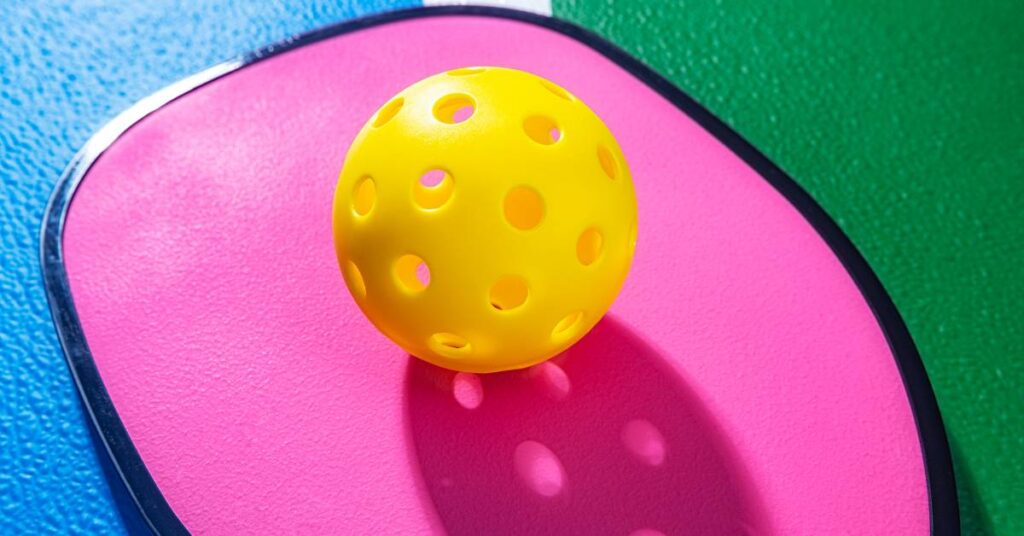
Once the handle is attached, you can add any final touches, such as adding grip tape or painting the paddle.
Sanding
Before you apply any finish, you should sand the paddle to ensure it’s smooth and free of any rough spots or imperfections. Start with a coarse grit sandpaper and work your way up to a fine grit for a smooth finish. Be sure to sand the edges and corners carefully to avoid any splinters.
Painting
If you want to add some color or design to your paddle, painting is a great option. Use a paint specifically designed for wood and apply it in thin, even coats. Allow each coat to dry completely before applying the next one. You can also add a clear coat for extra protection and shine.
Grip
The grip on your paddle is important for comfort and control while playing. You can wrap the handle with grip tape or use a grip enhancer like pine tar or rosin. Experiment with different options to find what works best for you.
Weight
The weight of your paddle can affect your performance, so it’s important to find the right balance. You can add weight to the handle or head of the paddle using lead tape or other materials. Be sure to test the weight and balance before adding too much.
Personalization
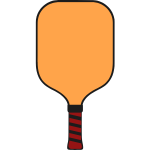
Finally, don’t be afraid to add some personal touches to your paddle. You can engrave your name or add stickers or decals to make it unique. Just make sure any additions don’t affect the performance of the paddle.
By following these steps, you can create your own custom pickleball paddle that will be unique to you and your playing style.
Safety Precautions
When making your own pickleball paddle, it’s important to take safety precautions to avoid any injuries or accidents. Here are some safety tips to keep in mind:
1. Wear Protective Gear
Make sure to wear proper court shoes and eye protection while making your paddle. Protective gear can help prevent any accidents or injuries while working with tools or materials.
2. Use Appropriate Equipment
Use appropriate tools and equipment while making your paddle. Avoid using tools that you are not familiar with or that are not designed for the job. Always follow the manufacturer’s instructions and safety guidelines.
3. Be Aware of Your Surroundings
Before you start working, make sure your work area is clean and organized. Avoid working in a cluttered or poorly lit area. Be aware of your surroundings and any potential hazards, such as sharp objects or loose tools.
4. Handle Materials Safely
When working with materials, be sure to handle them safely. Use gloves to protect your hands from sharp edges or splinters. Avoid inhaling dust or fumes by wearing a mask or working in a well-ventilated area.
5. Take Breaks
Take frequent breaks while working on your paddle. This will help prevent fatigue and reduce the risk of injury. Stretch your muscles and move around to avoid stiffness or cramping.
By following these safety precautions, you can make your own pickleball paddle safely and with confidence.
Maintaining Your DIY Pickleball Paddle
Congratulations on making your own pickleball paddle! Now that you have put in the effort to create your own equipment, it’s important to maintain it properly. Here are some tips to help you keep your DIY pickleball paddle in top shape:
Clean Your Paddle Regularly
After each game, it’s important to clean your paddle to remove any dirt, sweat, or debris that may have accumulated. You can use a damp cloth or sponge with mild soap and water to wipe down the surface of the paddle. Avoid using harsh chemicals or abrasive materials that could damage the surface of the paddle.
Protect Your Paddle from Extreme Temperatures
Exposure to extreme temperatures can cause damage to your pickleball paddle. Avoid leaving your paddle in direct sunlight or extreme heat for extended periods of time, as this can cause warping or cracking. Similarly, avoid exposing your paddle to extreme cold, as this can also cause damage.
Store Your Paddle Properly
When not in use, store your pickleball paddle in a cool, dry place. Avoid storing it in a place where it could be exposed to extreme temperatures or moisture, as this can cause damage. You can store your paddle in a protective case or cover to help keep it safe from damage.
Check Your Paddle for Damage
Regularly inspect your pickleball paddle for any signs of damage, such as cracks or chips in the surface. If you notice any damage, it’s important to address it right away to prevent further damage. Depending on the severity of the damage, you may need to repair or replace your paddle.
By following these tips, you can help ensure that your DIY pickleball paddle lasts for many games to come. Happy playing!
Other DIY Guides You Might Be Interested In:
- DIY Pickleball Court: Step-by-Step Guide for Building Your Own Backyard Court
- How to build a pickleball training machine at home!
Frequently Asked Questions
What are the best materials to use when making a homemade pickleball paddle?
The best materials for making a homemade pickleball paddle are plywood, foam, and composite materials like carbon fiber or fiberglass. Plywood is the most commonly used material and is affordable and easy to find. Foam is also popular because it is lightweight and provides a softer touch. Composite materials are more expensive but offer superior performance and durability.
What are the dimensions required for a regulation pickleball paddle?
According to the International Federation of Pickleball (IFP) rules, a regulation pickleball paddle must be no more than 24 inches long and 8 inches wide. The thickness of the paddle cannot exceed 0.875 inches, and the weight must be between 6 and 14 ounces.
